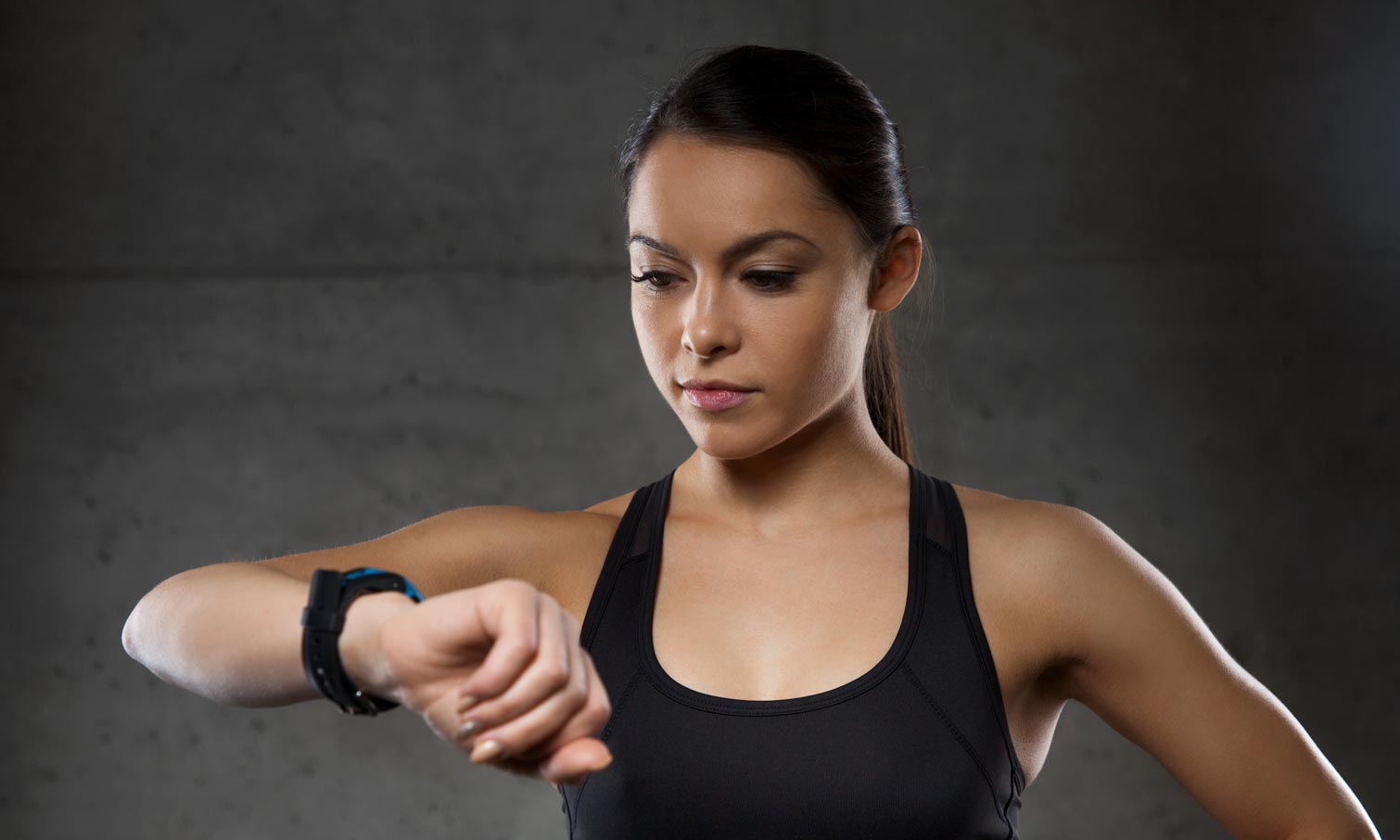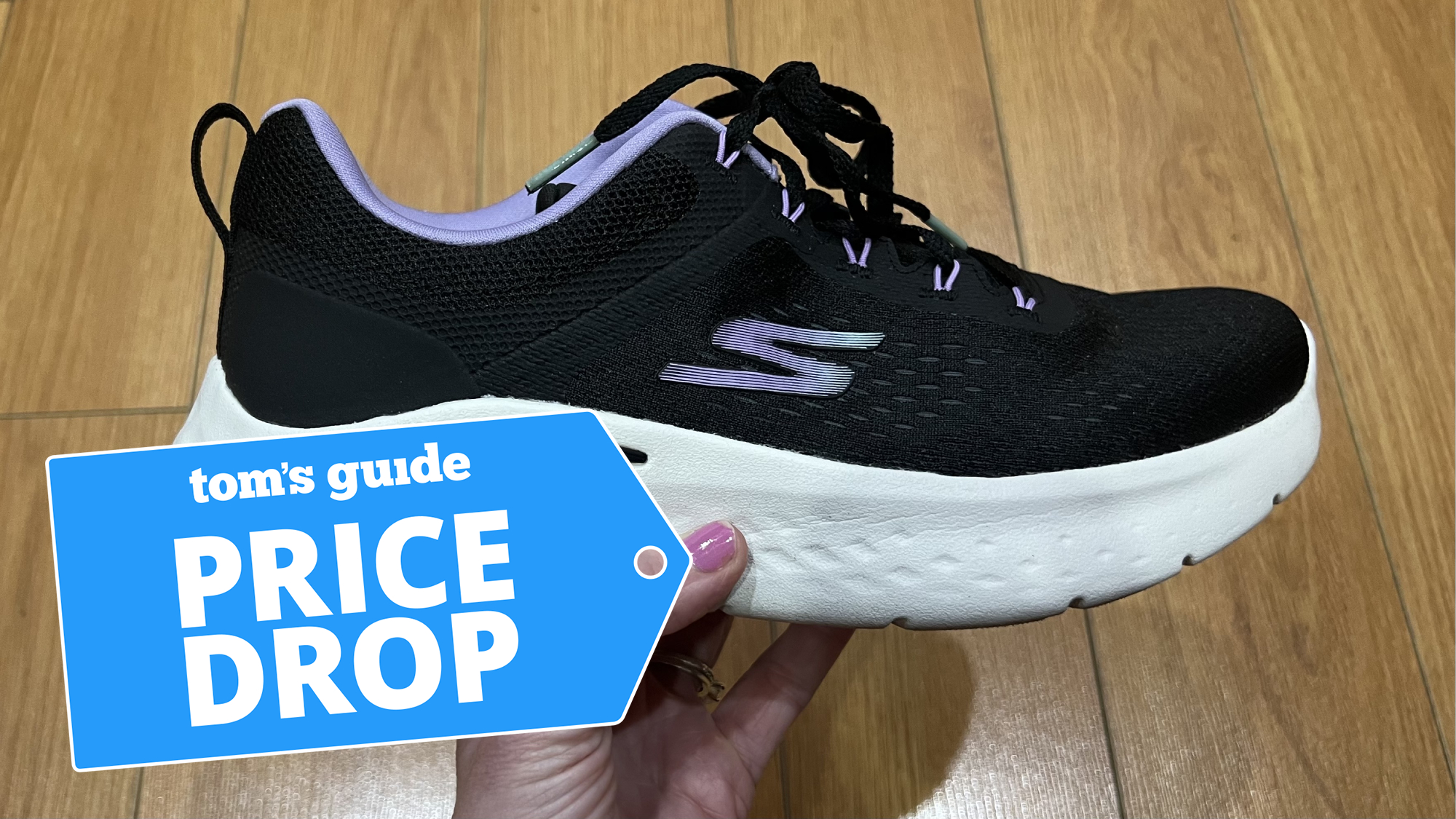Acquisitions Are Strangling Fitness Tracker Innovation
What happens with big companies like Nokia, Intel and Adidas absorb fitness tracker pioneers? Nothing, and that's the problem.
The acquisition of Withings by Nokia for $191 million is just the latest in a string of fitness companies being taken over by larger concerns. To date, Intel purchased Basis, Fossil acquired Misfit, Adidas picked up Runtastic, Asics scooped up Runkeeper, and Under Armour acquired MapMyFitness, MyFitnessPal and Endomondo.

You would think it's a good thing that these small companies now get the resources of larger corporations to really spread their wings. But the sad reality is that, since being acquired, there's been little to no innovation from any of them.
While it's made incremental improvements to its tracker, the Peak, Basis hasn't debuted any new hardware in two years. Under Armour's HealthBox didn't offer anything I hadn't already seen from other fitness trackers. The lone bright spot came in the UA Gemini 2 Record running sneakers, which essentially offer a tracker built into the shoes.
MORE: Best Fitness Trackers 2016
This is the same problem when Microsoft acquired Nokia's phone division. Microsoft simply didn't know what to do with the asset, and squandered a great brand in the process. Google looks like it's doing the same thing to Nest. (Both speak to a larger problem about merging two different corporate cultures, but that's a column for another day.)
In general, it feels like the fitness-tracker category, like that of smartwatches, is already running out of ideas. Android Wear, now in its third year, still hasn't resolved some of its fundamental problems, such as the fire hose of notifications. Each new smartwatch — of which it seems like there are fewer and fewer — is merely a shinier case wrapped around the same, tired operating system.
It's hard to believe that the fitness tracker market has reached maturity after just four years, but it definitely feels like it's stagnated. Then again, what's their incentive to innovate? Fitbit's two newest trackers, the Blaze and the Alta, offer little in the way of new features (the Blaze does have FitStar workouts, which is cool). But Fitbit shipped more than 1 million units of each tracker in the first month of availability.
Of all the wearable-device makers, Garmin is the only company that seems to be smartly iterating on its products. I just started testing the $249 vivoactive HR, which not only incorporates various activity tracking (and accurate heart rate monitoring) tools, but also has some smartwatch-like functionality: It delivers notifications from your smartphone, and you can customize its interface with various widgets, such as additional watch faces and third-party apps.
Is the future of wearables a combination smartwatch and fitness tracker? For some, perhaps. There's never going to be a one-size-fits-all device, because even the most casual exerciser isn't going to wear a smartwatch with a metal or leather band when he or she goes for a run. Meanwhile, dedicated athletes won't be satisfied with sub-$100 fitness trackers that lack GPS and heart rate monitors. But do companies feel too constrained by those tiers to try something different? If so, then they're doomed to failure.
More Fitness Stories From Tom's Guide
Sign up to get the BEST of Tom's Guide direct to your inbox.
Get instant access to breaking news, the hottest reviews, great deals and helpful tips.

Michael A. Prospero is the U.S. Editor-in-Chief for Tom’s Guide. He oversees all evergreen content and oversees the Homes, Smart Home, and Fitness/Wearables categories for the site. In his spare time, he also tests out the latest drones, electric scooters, and smart home gadgets, such as video doorbells. Before his tenure at Tom's Guide, he was the Reviews Editor for Laptop Magazine, a reporter at Fast Company, the Times of Trenton, and, many eons back, an intern at George magazine. He received his undergraduate degree from Boston College, where he worked on the campus newspaper The Heights, and then attended the Columbia University school of Journalism. When he’s not testing out the latest running watch, electric scooter, or skiing or training for a marathon, he’s probably using the latest sous vide machine, smoker, or pizza oven, to the delight — or chagrin — of his family.
